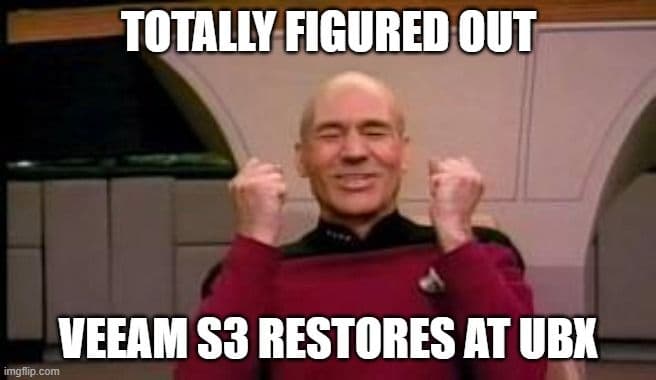
Restoring S3 backups using Veeam
My coworker Yuvaraj and I were over thinking this WAY to much. I finally figured out how to do a full restore on a clean Veeam installation right out of the box.
Steven Panovski
My coworker Yuvaraj and I were over thinking this WAY to much. I finally figured out how to do a full restore on a clean Veeam installation right out of the box.
Add your S3 repository
Home ==> Backup Infrastructure ==> External Repositories
Confirm you have a valid bucket name, access key, and master key.
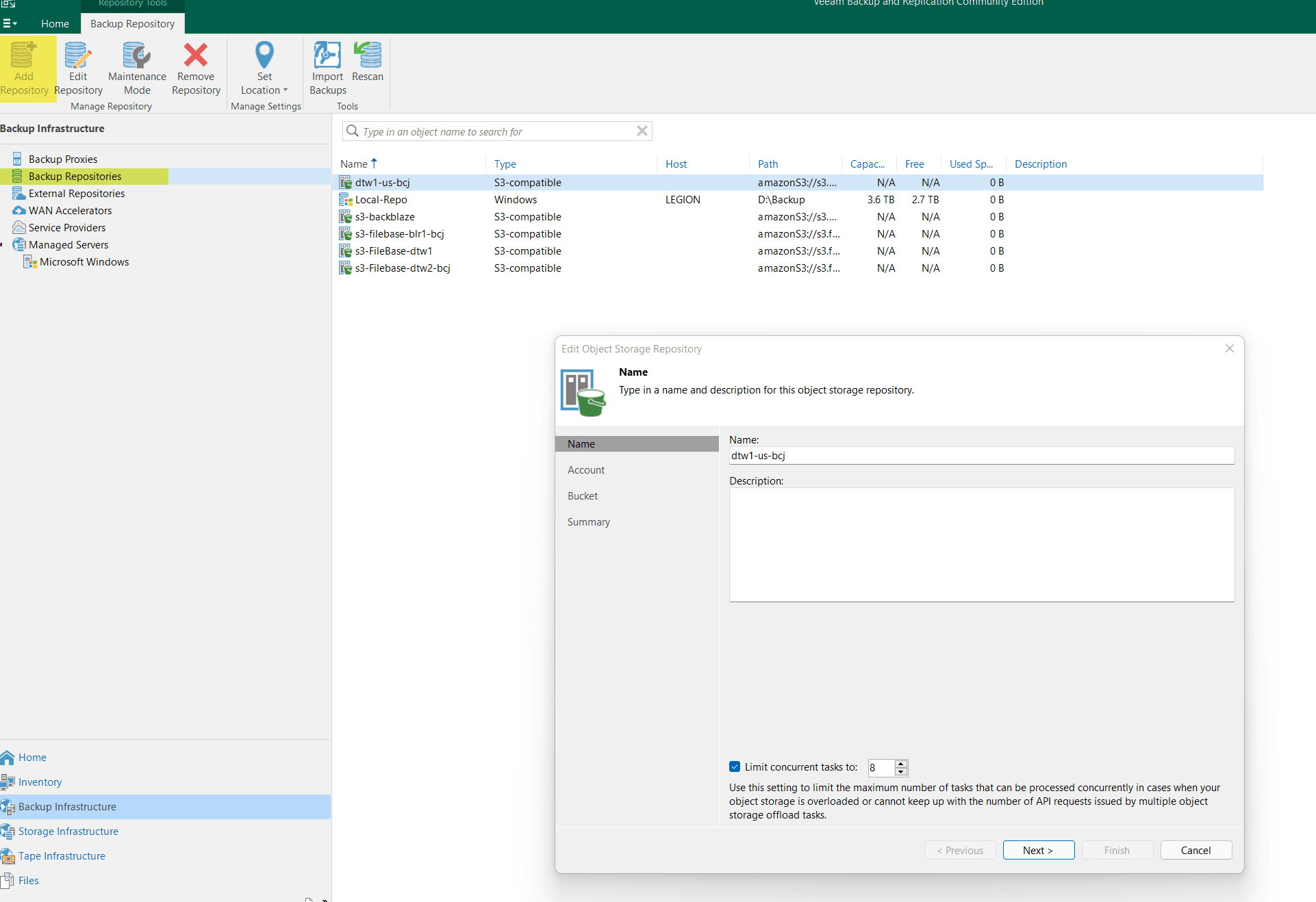
Import the backups from the S3 bucket into the Veeam
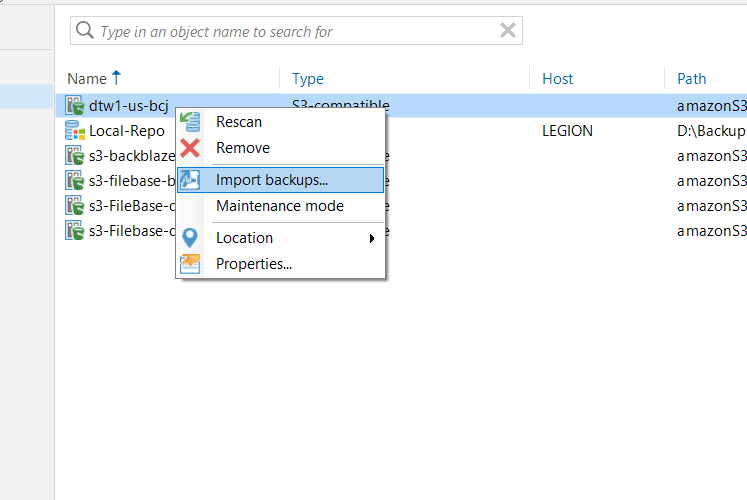
When the inventory scan of the S3 bucket is completed you will see the restore points in home menu.
Home ==> Backups ==> Object Storage (Imported)
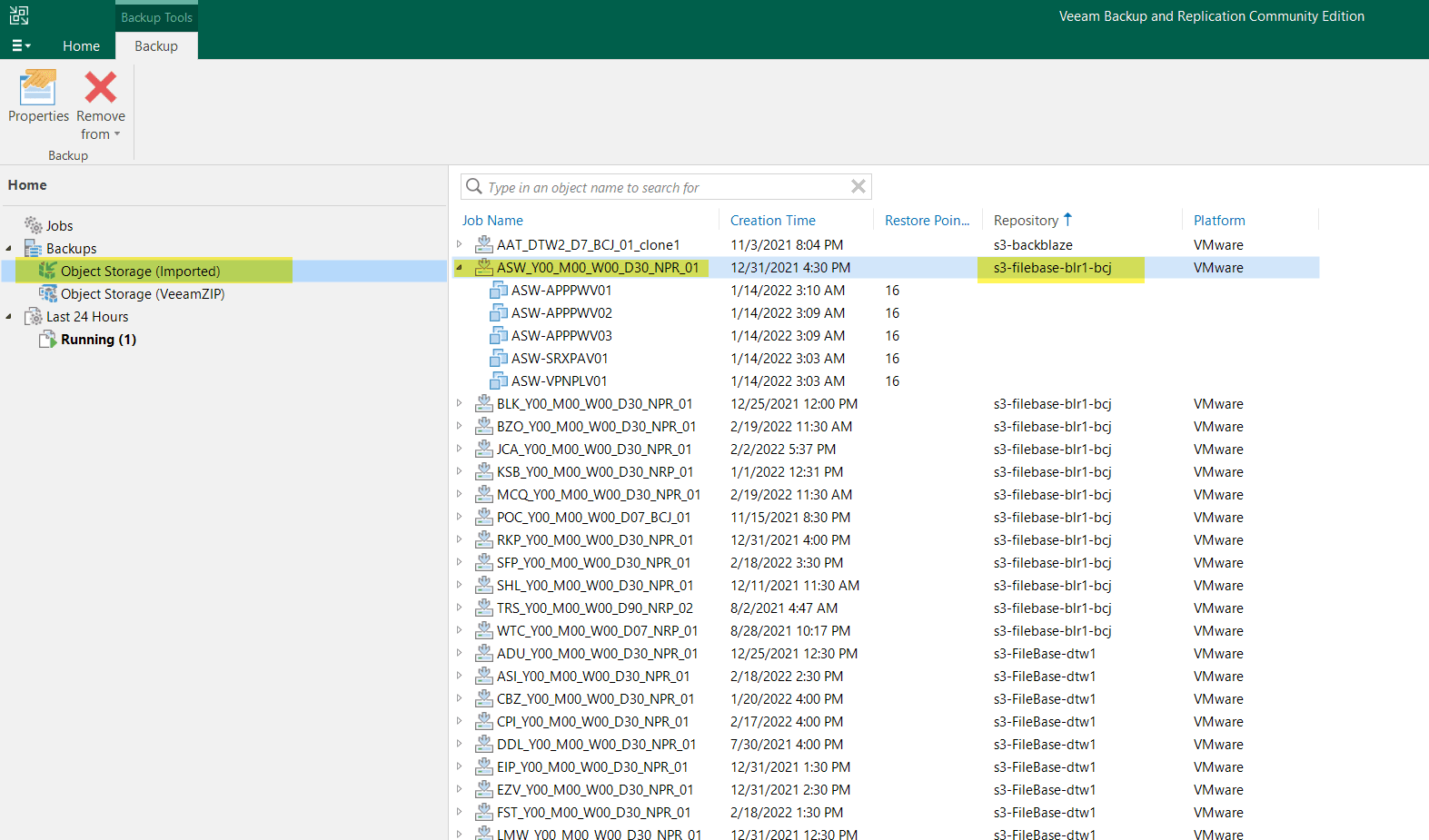
How a restore from an S3 object storage repository looks like

Related Posts
All posts

Our MSP Partner Program: Completing the Picture So You Can Grow and Thrive
MSPs play a critical role, not only in the tech industry but in the business community at large.
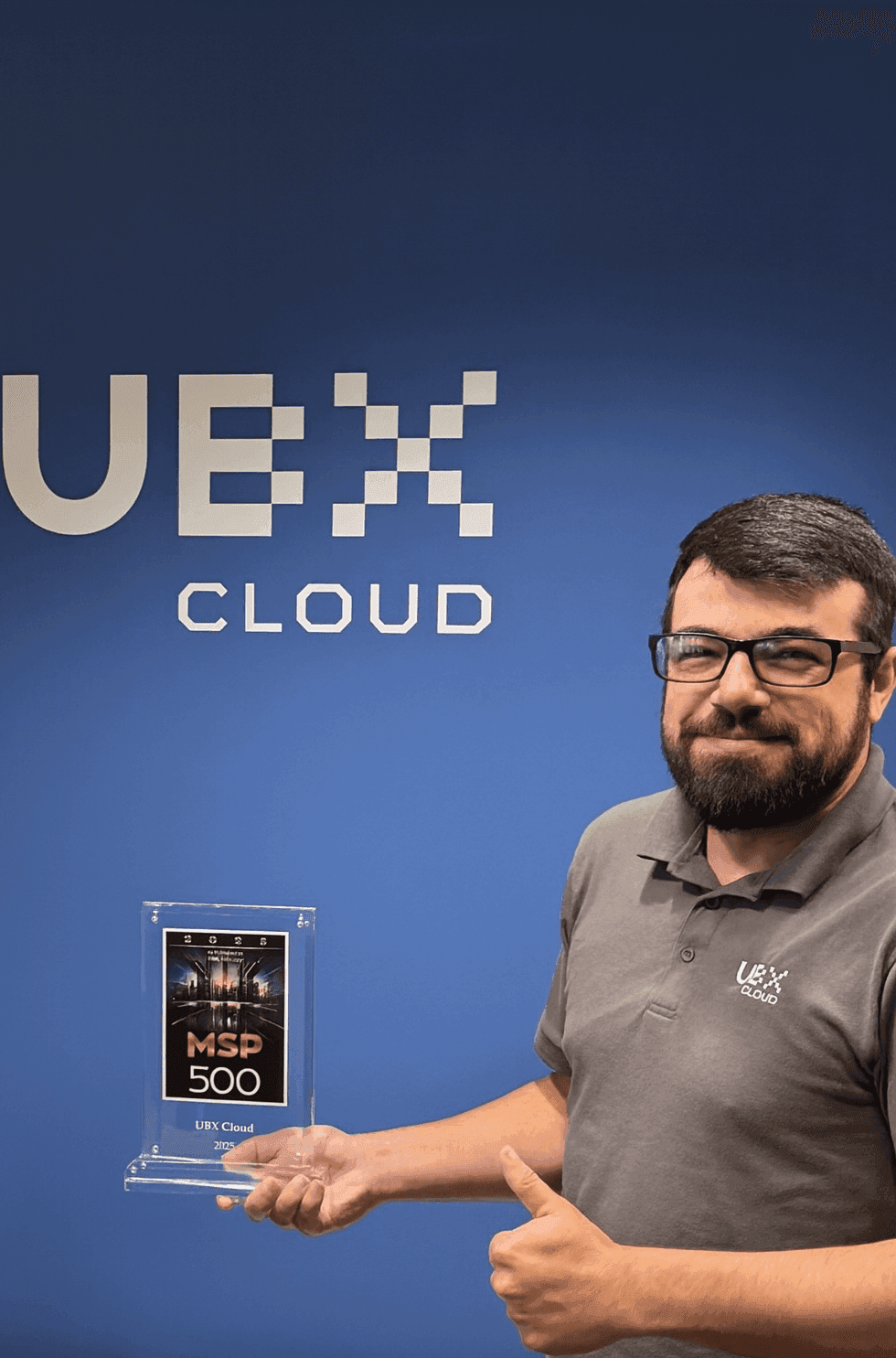
Team Member Profile: Drew Wicklund
A systems engineer, Wicklund joined the company in 2023 with a focus on administering backup systems and storage systems, as well as setting up end-user management through Windows and Microsoft.
SafeAeon: A Hidden Asset in the UBX Cloud Security Bundle
SafeAeon gives UBX Cloud a unique edge: World-class protection without vendor lock-in or inflated Big-Cloud costs. Here’s why that matters for your business.